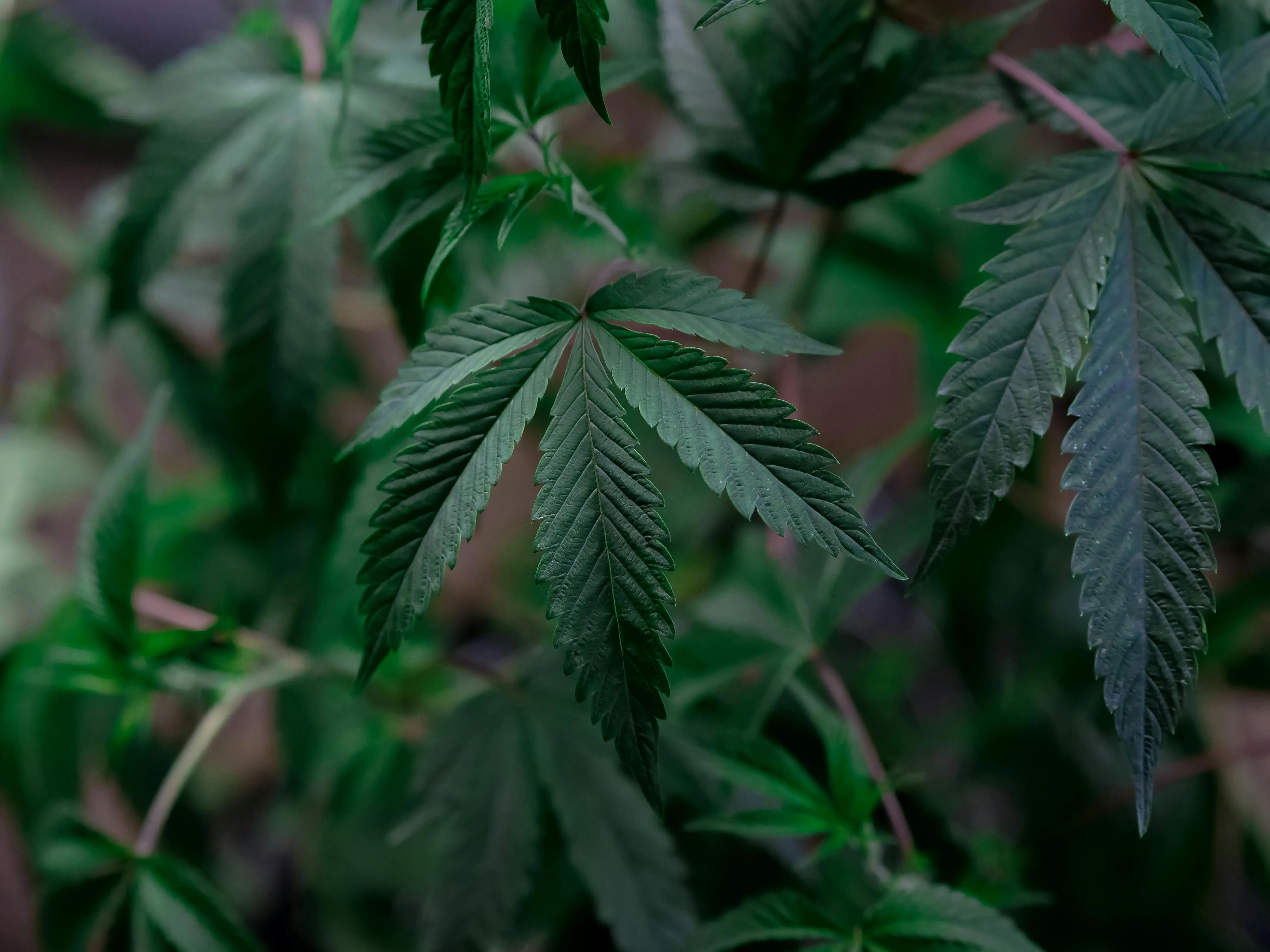Fall in Love with Butterflies: Get Your Joe Pye Weed Now!
Summer might be winding down, but the garden party is just getting started! As other blooms begin to fade, one stunning native perennial takes center stage – the majestic Joe Pye Weed (Eutrochium purpureum). 
This beauty isn’t just a feast for the eyes; it’s a vibrant haven for pollinators. Imagine your garden buzzing with life: butterflies flitting from flower to flower, bees diligently collecting nectar, and hummingbirds hovering, mesmerized by the fragrant blooms.
A Burst of Late-Summer Color:
Joe Pye Weed is known for its towering, architectural presence. Reaching heights of 4 to 8 feet, it boasts massive, dome-shaped clusters of rosy-purple flowers that bloom from late summer into early fall. These fluffy blossoms are a magnet for pollinators and add a touch of whimsical elegance to any landscape.
More Than Just Pretty:
Joe Pye Weed isn’t just a pretty face. This powerhouse perennial is packed with benefits:
* Pollinator Paradise: As mentioned, Joe Pye Weed is a crucial food source for butterflies, bees, moths, and other beneficial insects.
* Easy Care: This plant thrives in full sun to partial shade and prefers moist soil conditions. Once established, it’s remarkably drought-tolerant and requires minimal maintenance.
* Long-Lasting Blooms: The floral display of Joe Pye Weed is impressive and long-lasting, adding weeks of vibrant color to your garden.
* Versatile Landscape Choice: Its height and upright habit make it a stunning focal point in borders, meadows, and even along fences. It also looks fantastic when planted near water features, creating a serene and natural setting.
Planting Your Joe Pye Weed:
Now is the perfect time to plant Joe Pye Weed! Fall planting allows the roots to establish themselves before winter sets in, ensuring strong growth next spring.
Here’s what you need to know:
* Choose a location: Select a spot with full sun to partial shade and moist, well-drained soil.
* Prepare the soil: Amend heavy clay soils with compost to improve drainage.
* Plant your Joe Pye Weed: Dig a hole twice the width of the root ball and just as deep. Gently remove the plant from its container and loosen any circling roots. Place it in the hole, ensuring the top of the root ball is level with the surrounding soil. Backfill the hole with soil and water thoroughly.
* Mulch around the base: Apply a 2-3 inch layer of mulch to retain moisture and suppress weeds.
Caring for Your Joe Pye Weed:
Joe Pye Weed is incredibly low-maintenance, requiring minimal care once established:
* Water regularly: During the first year, water deeply and consistently until the plant is established. Once mature, it’s drought-tolerant but will benefit from occasional watering during dry periods.
* Fertilize sparingly: Joe Pye Weed doesn’t require heavy fertilization. A light application of compost in early spring is usually sufficient.
* Deadhead spent flowers: Removing faded blooms encourages the plant to produce more flowers and prevents self-seeding.
* Divide every few years: Joe Pye Weed can grow quite large, so dividing it every 3-5 years will help maintain its vigor and prevent overcrowding.
Beyond the Garden:
Joe Pye Weed has a rich history of medicinal uses dating back to Native American traditions. Its roots were used to treat a variety of ailments, including urinary tract infections and kidney problems. While modern medicine has largely superseded these traditional remedies, the plant’s historical significance adds another layer of intrigue to its appeal.
Embrace Nature’s Beauty:
Adding Joe Pye Weed to your garden is a beautiful way to connect with nature, attract pollinators, and enjoy vibrant late-summer color. This easy-to-grow native perennial will transform your outdoor space into a buzzing haven for butterflies and other beneficial insects, bringing joy and wonder to your garden all season long! So, don’t wait any longer – get your Joe Pye Weed now and experience the magic of this remarkable plant.